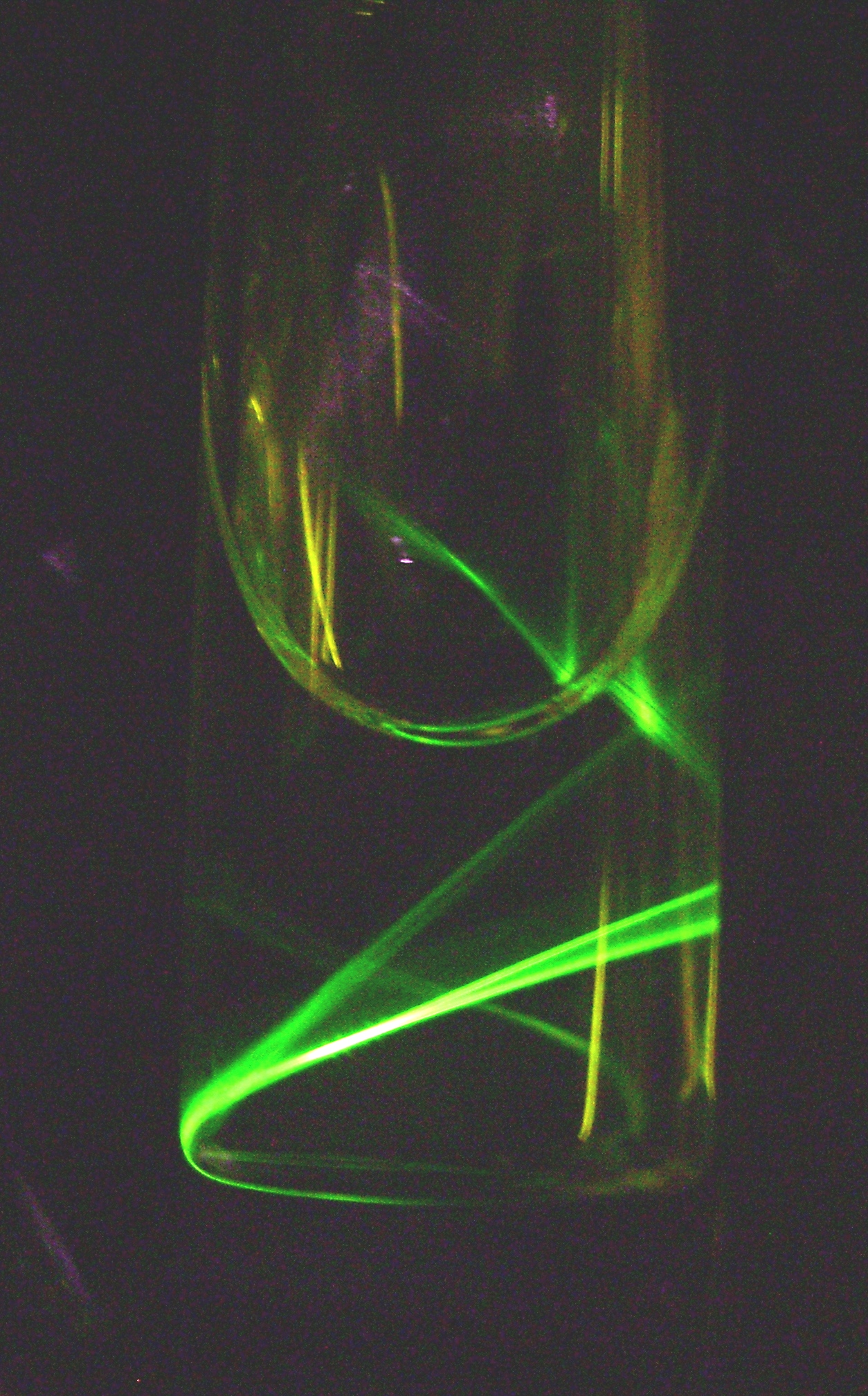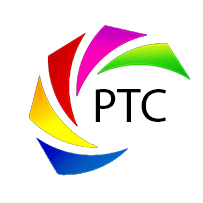Upconverting or Upconversion phosphors (UCPs) are a class of luminescent materials that can convert multiple lower energy photons into higher energy light. They have a wide range of applications ranging from biosensors and luminescent probes to lighting, solar energy, and even UV disinfection.

Conversion of Infrared Laser to Green Light using Up-converting Nanophosphors in Water
Upconversion Phosphors for Lighting and Infrared Solar Energy Capture
Phosphor technology has been used with great success to manipulate the color spectrum for lighting and display applications. In particular, phosphors are responsible for high efficiency fluorescent lamps and the widespread use of white solid state lighting. However, energy loss in conventional lamp technologies contribute to reduced lighting efficiency. For example, fluorescent lamps lose about 30% of their energy in the infrared (IR) while over 90% of the energy emitted by an incandescent lamp is in the form of infrared heat. Almost 50% of the solar energy spectrum is emitted in the IR. Therefore, the ability to convert IR radiation to visible radiation can have an impact on total energy consumption and on efficient solar energy capture and utilization.
Visible-to-UVC Upconversion for Germicidial Applications
Upconversion phosphors capable of converting visible blue light to ultraviolet UVC radiation have also been recently used for surface disinfection applications. UVC and Far-UVC radiations have the potential to quickly inactivate both airborne and surface pathogens. An effective and rapid disinfection generally requires UVC emitters between 220nm and 280nm corresponding to the absorption of the RNA/DNA molecule in those pathogens. There are some existing UVC light sources on the market that rely on energy down-conversion. However, generating UVC by up-conversion can potentially use existing visible light from both background artificial light sources or solar energy.
In conventional phosphors, the host material is homogeneously doped. Therefore, energy transfer and radiative interactions occur in three-dimensions and depend strongly on the concentrations of sensitizers, activators and defects. In upconversion phosphors, re-emission and energy transfer from the low energy photon absorber (sensitizer) to the higher energy photon emitter (activator) depend on the dopant environment and separations. This makes the key element in the final system efficiency.
